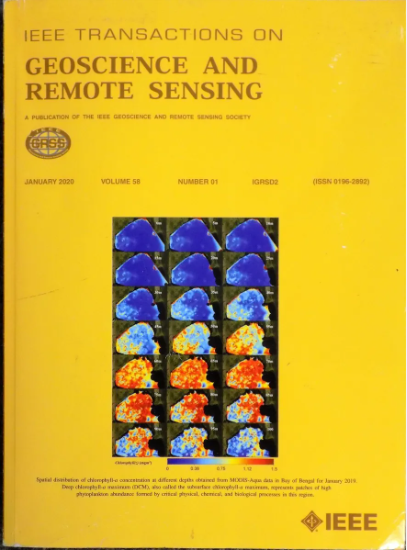Digital Surface Model-Embedded Intrinsic Hyperspectral Unmixing
IF 7.5
1区 地球科学
Q1 ENGINEERING, ELECTRICAL & ELECTRONIC
IEEE Transactions on Geoscience and Remote Sensing
Pub Date : 2025-03-31
DOI:10.1109/TGRS.2025.3553823
引用次数: 0
Abstract
High-precision spectral unmixing (SU) of hyperspectral image (HSI) faces a challenging problem in that it is difficult to distinguish the different objective classes presenting similar spectra without elevation information. A digital surface model (DSM) with the same spatial resolution as HSI can provide additional geometric information that can be useful for the HSI SU task. Existing SU methods that incorporate the DSM data miss the consideration that DSM data and hyperspectral data are actually different dimensions of information from different sensors observing the same scene. The intrinsic hyperspectral unmixing model can obtain the shading component and the reflectance component, which can be further decomposed into the endmember and the abundance. From a physical modeling perspective, the shadow component can be considered as the interaction of illumination and the geometric component from the DSM data; thus, the quality of hyperspectral unmixing under invariant illumination conditions can be significantly enhanced. Furthermore, the elevation information within the DSM data contributes to the unmixing process by distinguishing different objective classes with similar physiochemical properties at varying altitudes. Experimental validation is conducted using three HSI datasets. The results can indicate the robustness and superiority of the proposed unmixing method.求助全文
约1分钟内获得全文
求助全文
来源期刊

IEEE Transactions on Geoscience and Remote Sensing
工程技术-地球化学与地球物理
CiteScore
11.50
自引率
28.00%
发文量
1912
审稿时长
4.0 months
期刊介绍:
IEEE Transactions on Geoscience and Remote Sensing (TGRS) is a monthly publication that focuses on the theory, concepts, and techniques of science and engineering as applied to sensing the land, oceans, atmosphere, and space; and the processing, interpretation, and dissemination of this information.
 求助内容:
求助内容: 应助结果提醒方式:
应助结果提醒方式:


